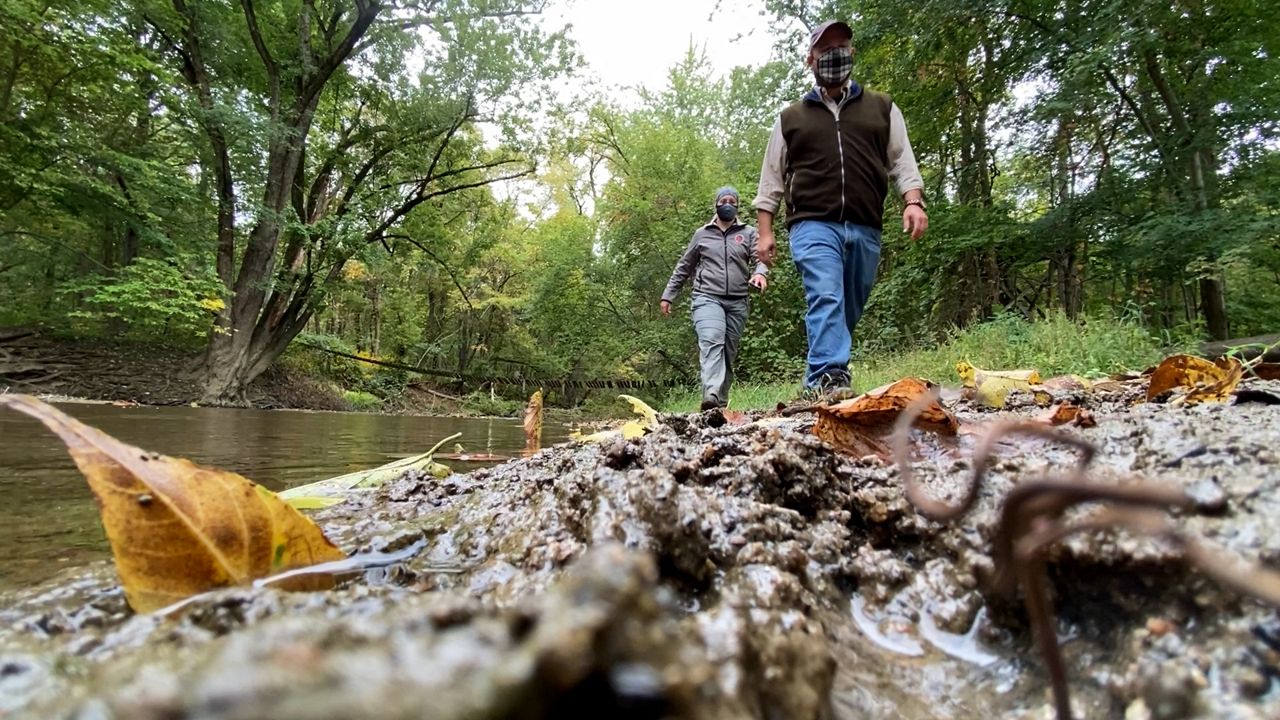OHIO — In an update, the state has announced that the H2Ohio program, which launched in 2019, now has 1.8 million enrolled acres of cropland and that there was a 32% increase at a recent signup period when compared to previous ones.
The H2Ohio initiative, according to a press release from the governor’s office, is “a comprehensive water quality plan designed to address complex issues affecting Lake Erie.”
“Ohio’s farmers initially stepped up when H2Ohio was announced to be part of the solution to the water quality issues we see in Lake Erie,” Gov. Mike DeWine said in the release. “Today we are announcing that even more of Ohio’s farmers are dedicated to doing their part, and we appreciate their willingness to participate in the effort to improve Ohio’s water quality.
The release specifically calls out an open enrollment period conducted by the Ohio Department of Agriculture across 14 counties in the Maumee River Watershed, located in the northwest region of the state.
“Farmers in this area were eligible to re-enroll acres into Best Management Practices (BMPs) that were nearing the end of their original contract term, which began in 2020,” it reads. “Additionally, farmers could use this opportunity to enroll new acres.”
The results showed 90% re-enrolled and that 25% of all enrollments are new to the initiative.
Additionally, the release states that 800 farmers across 10 counties in the Western Lake Erie Basin have enrolled 600,000 acres into the best management practices.
“These counties have H2Ohio contracts that extend through 2025, so ODA focused on re-enrollment in the original 14 counties for this sign-up period,” the release reads. “In all, more than 2,600 producers are enrolled in the H2Ohio initiative.”
Those best management practices are meant to help farms reduce phosphorus runoff, which the release notes is a “large contributor to harmful algal blooms” on our great lake.
According to the release, it is estimated that—based on water quality research—these efforts have had an effect, reducing this runoff. The department of agriculture estimates this latest signup could result in a 420,000-pound reduction of phosphorus into the lake in the coming years.
“The agricultural community has proven again they are here to do the hard work needed to improve Ohio’s water quality,” said ODA Director Brian Baldridge. “We will continue to build on the progress we have already made and keep the great momentum going to reach our goals.”
Finally, the release notes that H2Ohio participants also utlitize what is known as a Voluntary Nutrient Management Plan (VNMP) to make sure nutrients are used in a strategic way. It states that these plans “lay the groundwork to implement” other best practices and “maximize conservation effectiveness.”



